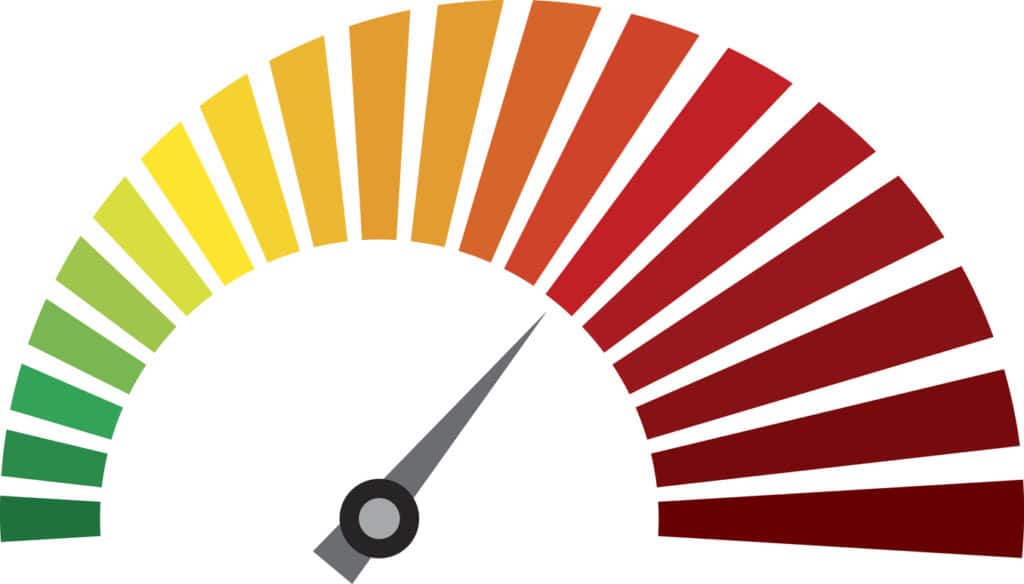

Vijay Mayadas, president of capital markets at technology firm Broadridge Financial Solutions, said Covid-19 has increased the use of electronic trading in fixed income, banks moving to the cloud and the demand for post-trade managed services.

Vijay Mayadas, Broadridge
Mayadas was appointed to his newly created role in October last year. His responsibilities include Broadridge’s trading and post-trade capital markets software-as-a-solutions as part of the global technology and operations (GTO) business as well as LTX, a corporate bond trading platform powered by artificial intelligence.
There are numerous bond trading platforms in the market but Mayadas explained that LTX was launched in June last year to improve the execution of large corporate bond trades.
“The use of artificial intelligence and the AI-driven auction mechanism helps digitize workflows, find liquidity and increases efficiency,” he said.
The platform has onboarded 40 buy-side firms and 15 dealers and Mayadas said volumes are growing.
“Covid is accelerating the electronification of the fixed income markets,” he added.
We’re bringing liquidity to the market! Discover how @Broadridge and @LTX are using AI to digitize trading workflows in the corporate bond market and help clients and the industry move into the future. #Tradesmarter https://t.co/KpvsNLUaVr
— LTX, A Broadridge Company (@LTXtrading) June 17, 2020
Broadridge partnered with Jim Toffey, founder of Tradeweb Markets, to create the platform which combines artificial intelligence and a new digital execution protocol, RFX, to enable dealers to efficiently aggregate liquidity across multiple counterparties and create trading opportunities in seconds. The firm said the total size of the US corporate debt market has grown to nearly $10 trillion with only a small fraction traded daily, and less than 25% of that small fraction trades electronically.
Last October Broadridge selected 7 Chord, an independent predictive pricing and analytics provider, as the source of intraday corporate bond prices on LTX. The integration with BondDroid, 7 Chord’s predictive pricing engine for bonds, is intended to provide buy-side firms and dealers with an independent assessment of current market value to inform investment decisions.
We are incredibly excited that @7chordbd was selected as a 3rd party pricing provider by @Broadridge LTX. #BondDroid's #AI-generated prices are integrated directly into their pre-trade analytical tools. https://t.co/JvBxkBd2Ts
— 7 Chord (@7chordbd) October 6, 2020
In the repo market Broadridge is developing a distributed ledger platform to make trading more efficient, reduce costs and operational risk.
“We have completed multiple pilots with the sell side and buy side and are targeting our first client launch next quarter,” added Mayadas. “DLT is proving itself and we are confident of its scalability.”
Mayadas joined Broadridge in 2013 as head of strategy and M&A and the firm has acquired fintechs for securities financing and collateral, message automation and regulatory reporting. For example, last March Broadridge completed its acquisition of FundsLibrary, a provider of fund document and data dissemination services in Europe.
“We are always open to opportunities for fintech acquisitions in capital markets but we take a highly disciplined approach and the firm has to be uniquely additive to our strategy and products,” he added.
In 2016 Mayadas moved to the GTO business to lead fixed income and analytics. Prior to joining Broadridge, he held a variety of roles in strategy consulting private equity and fixed income trading software development and also co-founded and sold a software company.
Post-trade
Mayadas explained that Broadridge has significant scale in post-trade, processing about one third of US equity flow and two thirds of fixed income by value, which amounts to more than $7 trillion a day. Broadridge is also connected to about 60 global markets.
He continued that the firm has made significant investments in capacity so that when volumes increased two to three times it did not miss a beat. Volumes increased, particularly in March last year, due to the pandemic which has also led to a wholesale shift in remote working.
#4 of our Top 12 #CapitalMarketsInsights of 2020 analyses the trends in–and the adoption of– #intelligentautomation tools in the middle and back-office, and profiles Broadridge’s innovative approach to applying #AI in operations. Read the report https://t.co/ldZJ38cJTu pic.twitter.com/apaz2FGbhW
— Broadridge (@Broadridge) December 14, 2020
With clients’ permission, Broadridge can analyse trade data to provide analytics. For example, Broadridge has used machine learning to identify the trades that have the highest probability of failure for the European Union’s Central Securities Depositories Regulation.
“Covid has increased demand for post-trade managed services and we have seen an increase in enquiries so that presents a longer term opportunity,” Mayadas added.
Broadridge can provide both technology and people to help firms be more resilient through managed services. Another change due to the pandemic is that the largest banks are moving faster towards cloud adoption, which they had been wary of pre-Covid.
Mayadas continued that Broadridge is also gaining traction in exchange-traded derivatives. Last November R.J. O’Brien & Associates, the oldest and largest independent US futures brokerage and clearing firm, selected Broadridge’s post-trade platform.
R.J. O’Brien Selects Broadridge to Transform its Exchange-Traded Derivatives Operations Globally https://t.co/SHSrnLW07Y
— R.J. O'Brien (@rjobrien) November 12, 2020
Gerald Corcoran, chairman and chief executive of R.J. O’Brien, said in a statement: “We are excited to forge new ground as Broadridge’s first customer of this important new back-office platform for exchange-traded derivatives. We were similarly a first mover over three decades ago in adopting a back-office platform that later became the flagship system in the industry.”
The new technology will reduce the complexity and cost of running two separate back-office systems, remove the need for R.J. O’Brien to maintain the technology and hardware, and provide a single solution for all asset classes globally.
Transformation must start by finding ways to simplify operations, streamline data and harness economies of scale. Discover what Capital Markets firms are doing now to drive revenue and set themselves up for long-term success. #CapitalMarketsInsights https://t.co/AIqOEpRUaC pic.twitter.com/PgE5n7Tu7A
— Broadridge (@Broadridge) January 21, 2021
Mayadas said: “In 2021 our aim is to keep simplifying and digitizing workflows by partnering with our clients, keeping a relentless focus on automation and introducing innovative technologies.”
Broadridge said this month it its results for the second quarter fiscal year 2021 that total revenues increased 9% to $1.1bn from $969m in the prior year period.
Tim Gokey, chief executive of Broadridge, said in a statement: “We are executing well on our targeted growth plans across governance, capital markets, and wealth & investment management. As we enter our seasonally more significant second half of the year, we will continue to invest to support our long-term growth strategies.”





